Some canines aren’t just pets—they’re built for action. High-mobility dog breeds stand out with their agility, endurance, and athleticism. Whether sprinting across open fields, maneuvering through agility courses, or assisting in demanding tasks, these active companions thrive on movement.
Bred for speed, stamina, and precision, these agile, four-legged athletes excel in roles that require quick reflexes and boundless energy. Their powerful limbs, streamlined bodies, and sharp instincts make them natural performers in dog sports, service dog training, and outdoor adventures.
But owning a high-mobility dog breed isn’t just about admiring their speed—it’s about meeting their needs. These energetic companions require consistent physical activity, mental challenges, and proper training to stay happy and healthy.
If you’re looking for an active, intelligent, and highly adaptable companion, exploring these dynamic breeds is the first step toward an exciting journey.
High Mobility Dog Breeds
1. Labrador Retriever
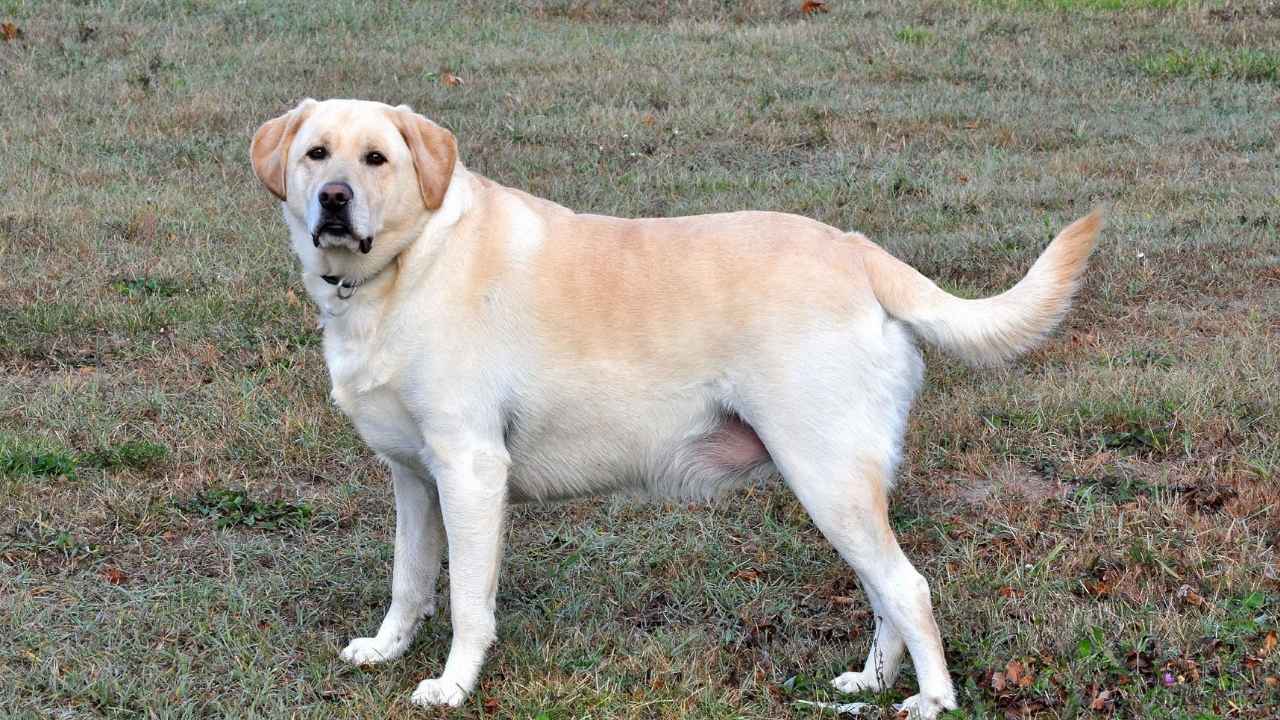
Labrador Retrievers are renowned for their athleticism and versatility, making them one of the most mobile canines. Their powerful limbs and balanced body structure allow quick acceleration and sustained speed. Labradors are equally agile on land and in water, thanks to their webbed paws and strong tails acting as rudders while swimming.
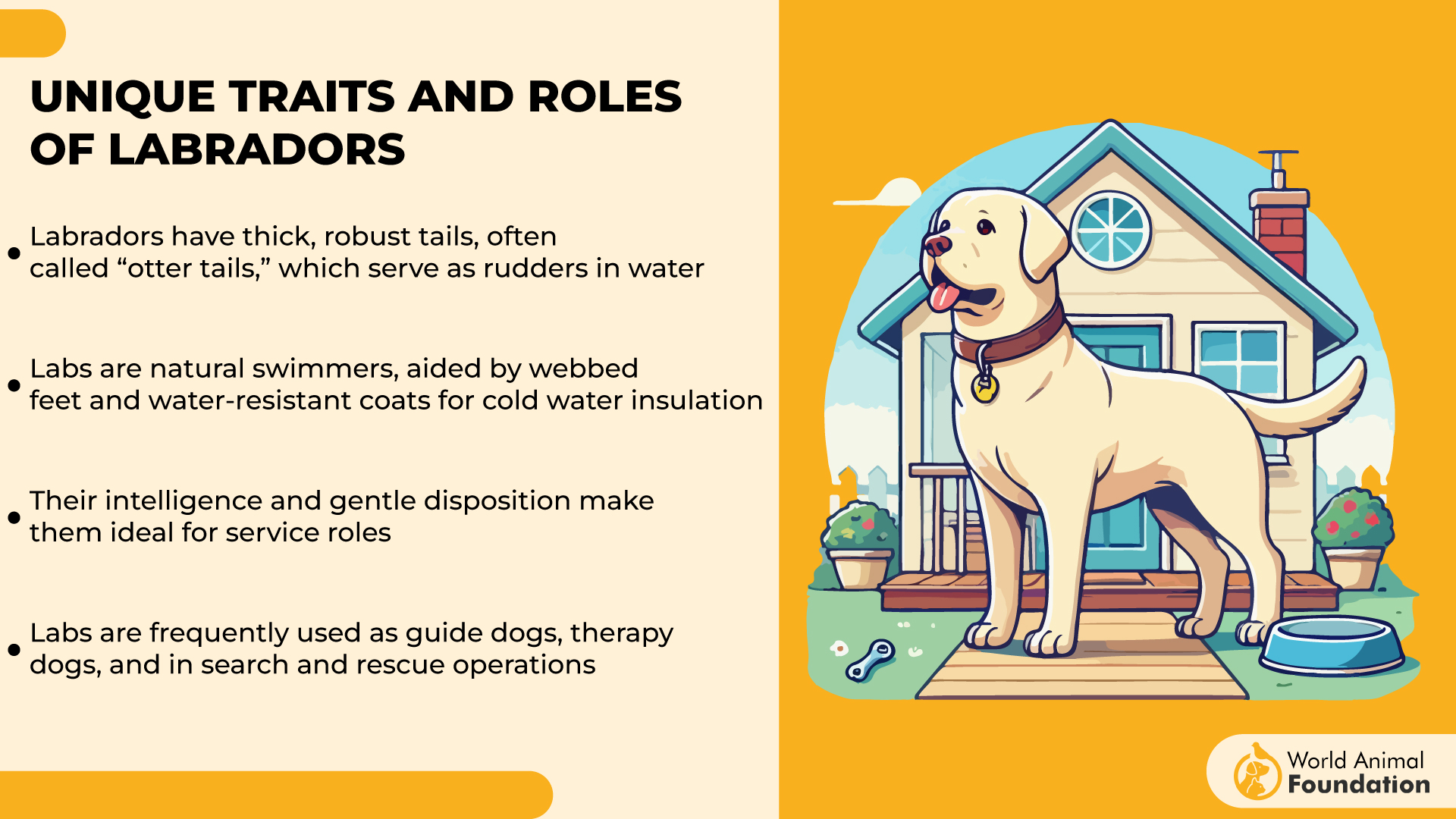
One of the most remarkable traits of Labradors is their efficiency in movement. They can sprint across fields, navigate dense forests, and swim easily through strong currents. These qualities made them invaluable as retriever dogs for fishermen, where they assisted in collecting fishing nets and retrieving fallen prey from the water.
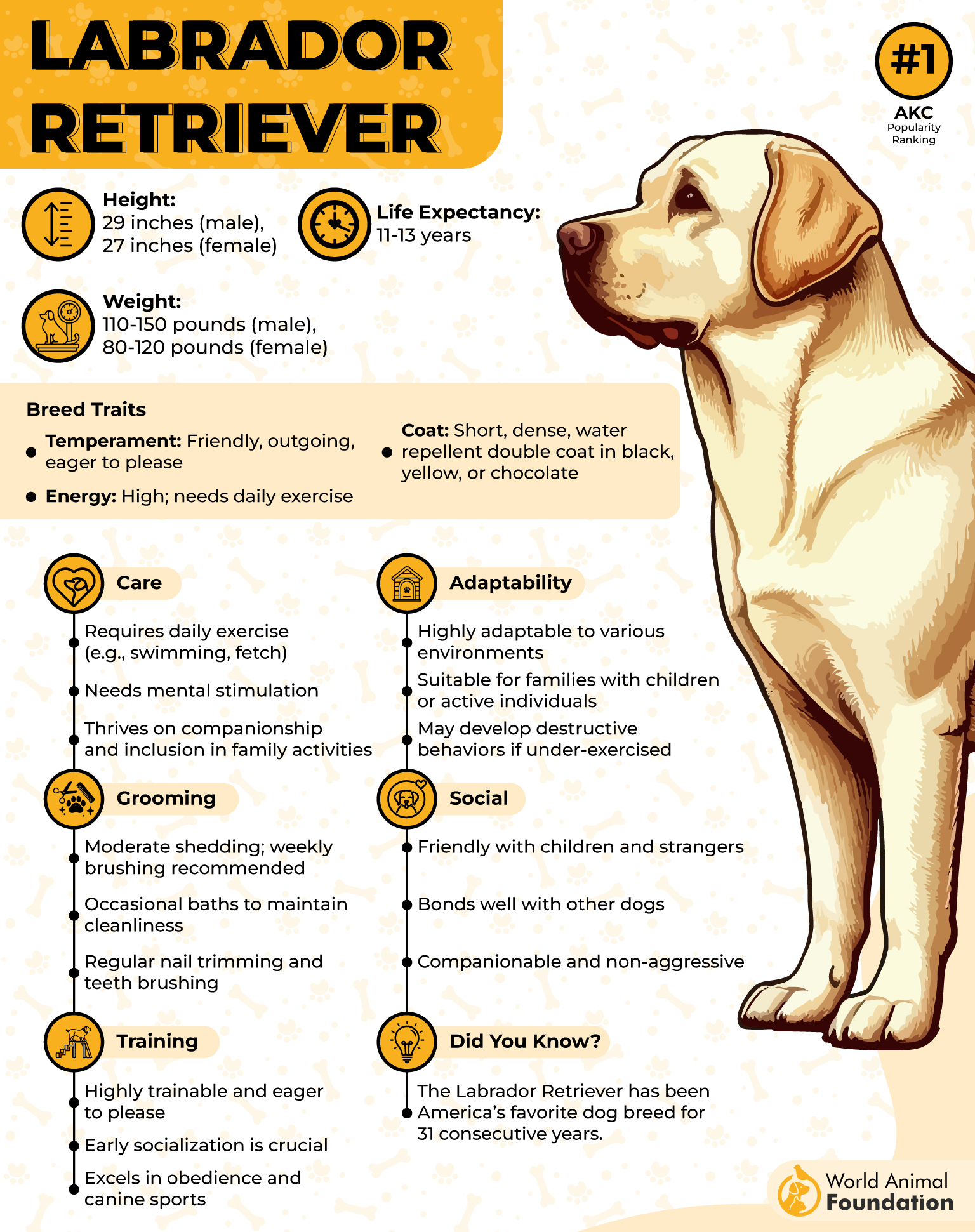
Labradors possess incredible endurance and are capable of maintaining high-speed activity for extended periods. Whether playing fetch, running alongside an active owner, or excelling in agility sports, their natural stamina sets them apart. They also have a unique ability to regulate their energy, making them suitable for high-intensity tasks and relaxed downtime.
Highly intelligent and eager to learn, Labradors excel in mobility-based training programs. They are commonly seen as service dogs in search-and-rescue teams, assistance dog programs, and canine sports, where their sharp reflexes and problem-solving skills shine. Their keen sense of smell makes them excellent tracking dogs for scent detection work.
Despite their energetic nature, Labradors are known for their friendly disposition. They thrive in environments where they receive ample physical and mental stimulation. Regular activities for therapy dogs, such as long runs, swimming sessions, or hiking adventures, help them stay physically fit and mentally engaged.
2. Golden Retriever
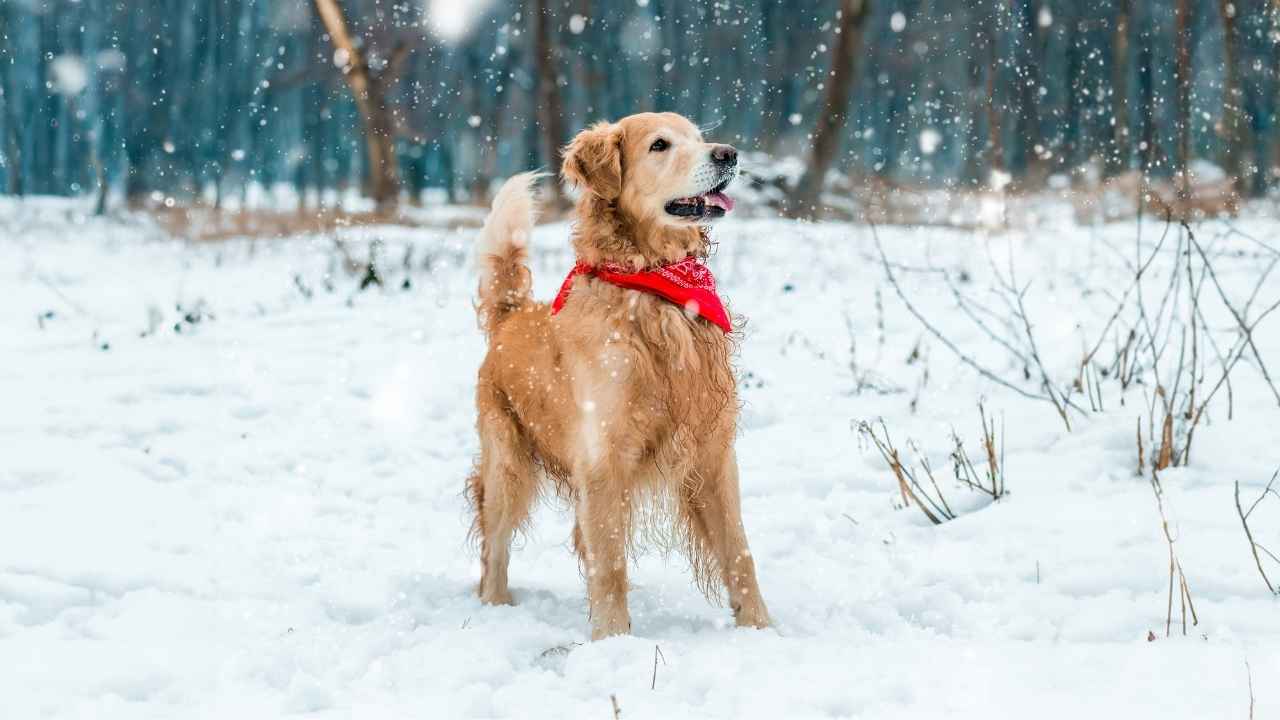
Golden Retrievers are exceptionally mobile canines, combining speed, strength, and fluidity of movement. Their athletic physique and sturdy limbs allow them to run long distances with minimal fatigue. They possess a smooth, ground-covering gait, making them highly efficient runners and retrievers.
Originally bred as game-retrieving dogs, Goldens have an innate ability to navigate rough terrains with agility. Their webbed feet and waterproof coats enhance their swimming capabilities, making them natural water-loving companions. Whether on land or in water, their versatile mobility makes them one of the most adaptable active dogs.
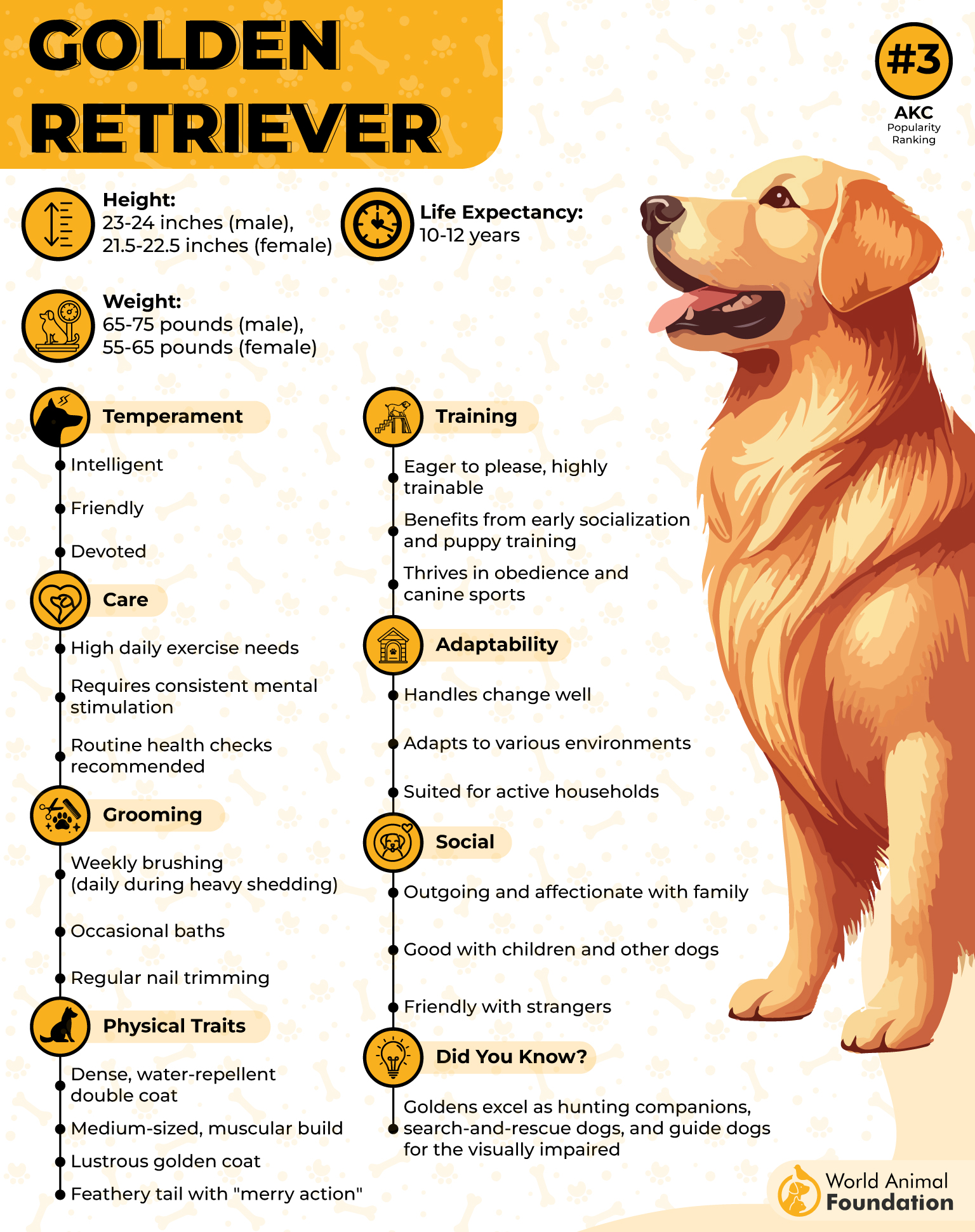
Golden Retrievers are among the most intelligent and easy-to-train breeds. Their quick reflexes and command responsiveness make them outstanding competitors in agility courses, obedience trials, and tracking events.
One of the fascinating aspects of this popular service dog breed is its natural grace and coordination. Unlike some high-energy breeds that move with abrupt bursts, Goldens display fluid and rhythmic motion, making them highly efficient in endurance-based activities. They are well-suited for hunting, therapy work, and guide dog roles, where controlled movement is essential.
Although affectionate and sociable, Golden Retrievers require consistent physical exercise and mental stimulation to remain balanced. Activities such as long-distance running, interactive play, and swimming sessions are essential for maintaining peak mobility and athleticism.
3. German Shepherd
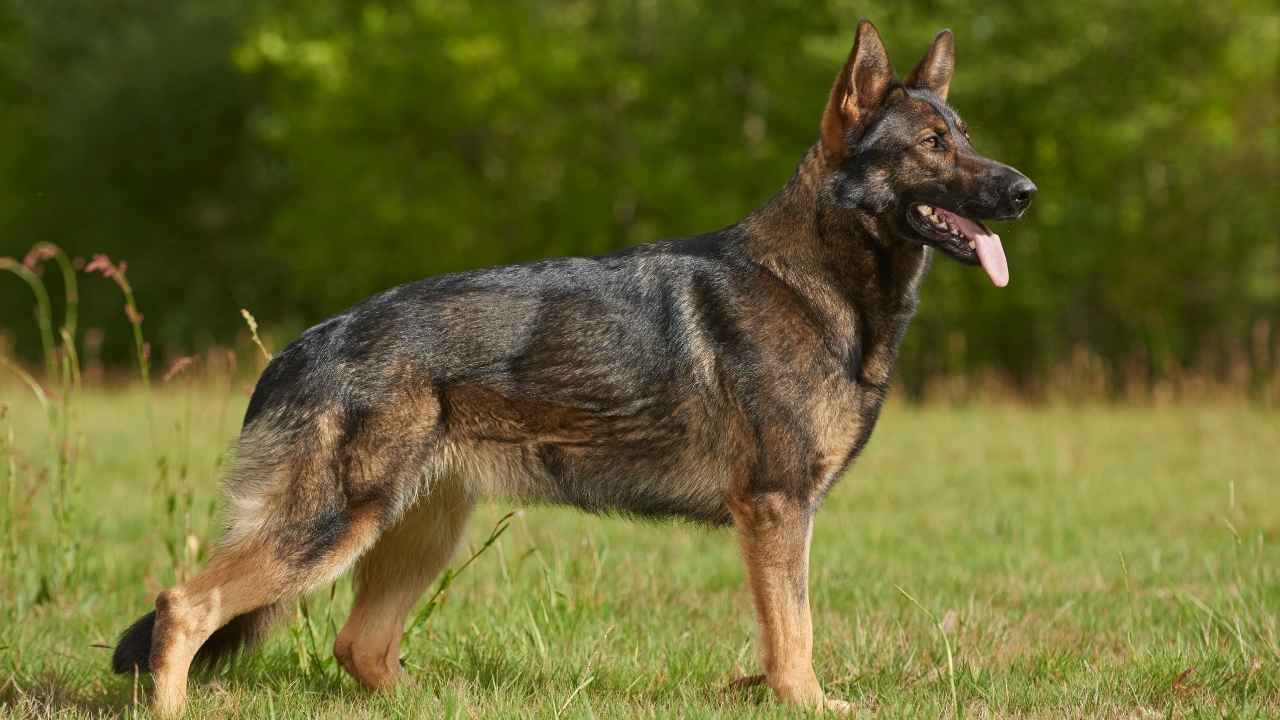
The German Shepherd is a powerful and agile canine, excelling in speed and endurance. With a lean yet muscular frame, these dogs move exceptionally efficiently, making them ideal for high-intensity tasks and physically demanding roles. Their long, powerful strides and flexible joints enable them to change direction quickly and maintain momentum.
One of the most popular working breeds, German Shepherds have historically been used for herding, search-and-rescue missions, and police work. Their ability to maneuver across different terrains, from forests to urban settings, makes them an unparalleled choice for mobility-based tasks.
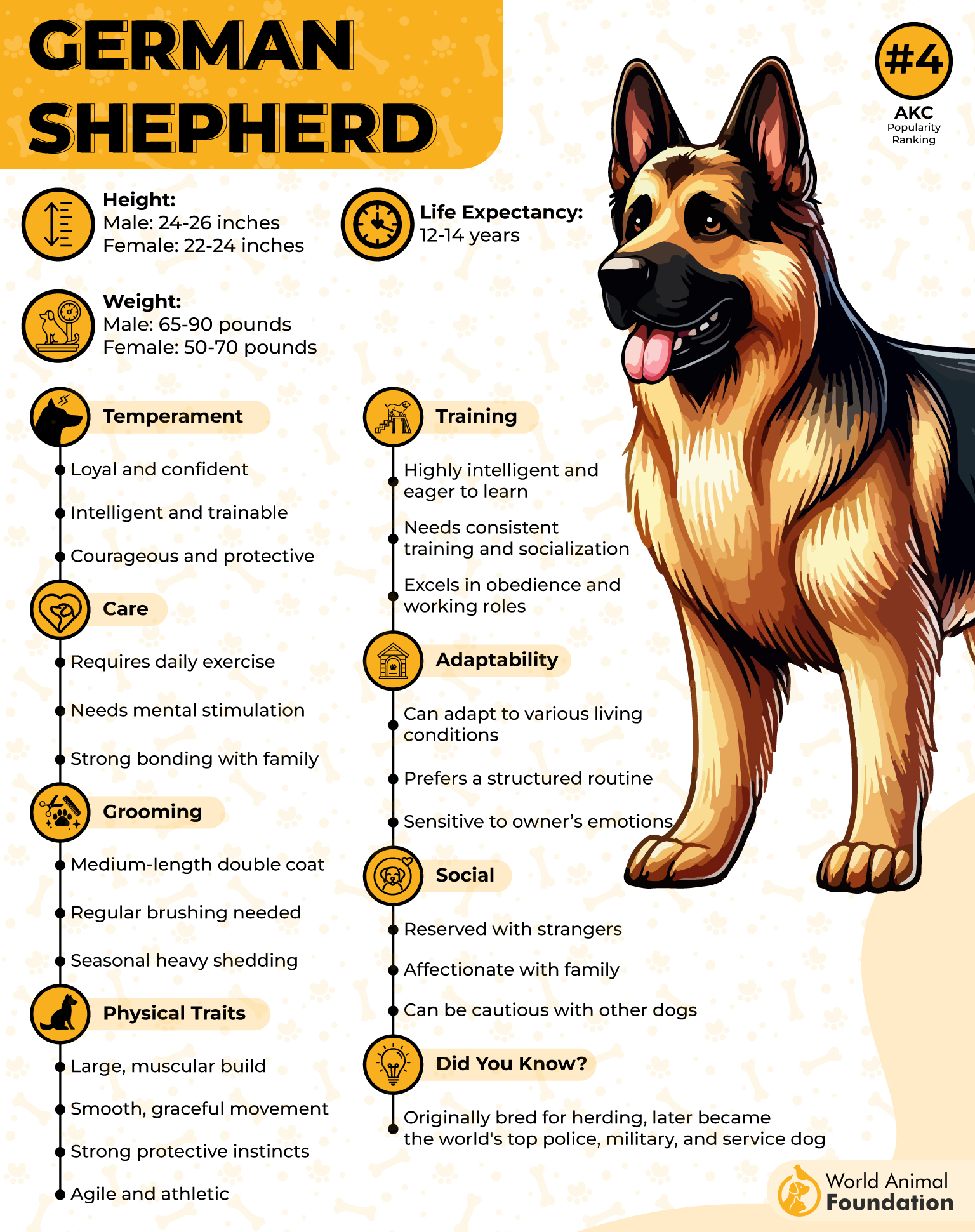
These puppies exhibit sharp reflexes and precise movement control, allowing them to excel in canine sports, obstacle courses, and tracking exercises. Their deep chests enhance lung capacity, ensuring they can sustain movement over long distances without fatigue.
Another interesting feature of German Shepherds is their intuitive coordination. Unlike many other high-energy breeds that rely purely on speed, these puppies possess a strategic approach to movement, allowing them to track, chase, and capture targets efficiently. Their obedient nature and quick learning ability make them highly trainable in various mobility-based disciplines.
To maintain their peak performance, German Shepherds require structured exercise routines. Tracking drills, advanced agility training, and endurance-based play are essential for keeping their bodies strong and minds sharp.
4. Poodle

Poodles are remarkably agile and intelligent quadrupeds, excelling in precision movement and high-energy activities. Their lightweight frame and well-muscled limbs allow them to easily perform graceful leaps, swift directional changes, and long-distance movement.
Originally bred as retrievers and water specialists, these versatile performers developed exceptional dexterity and endurance. Their webbed feet and streamlined physique enable a large breed to move swiftly on land and in water, making them one of the most multi-talented four-legged athletes.
Poodles display nimble and fluid motion, making them ideal for canine sports such as agility, obedience competitions, and trick training. Their keen awareness of their surroundings enhances their ability to navigate complex courses and movement-based tasks efficiently.
With their high intelligence and quick reflexes, these energetic companions excel in mobility exercises like jumping drills, scent work, and other advanced training routines. They require a combination of mental puzzles and physical engagement to stay fulfilled.
For peak physical condition, Poodles should be engaged in daily activity, including long walks, aquatic sports, and structured mobility training. These graceful yet powerful quadrupeds maintain top-tier athleticism with the right movement-based challenges.
5. Newfoundland
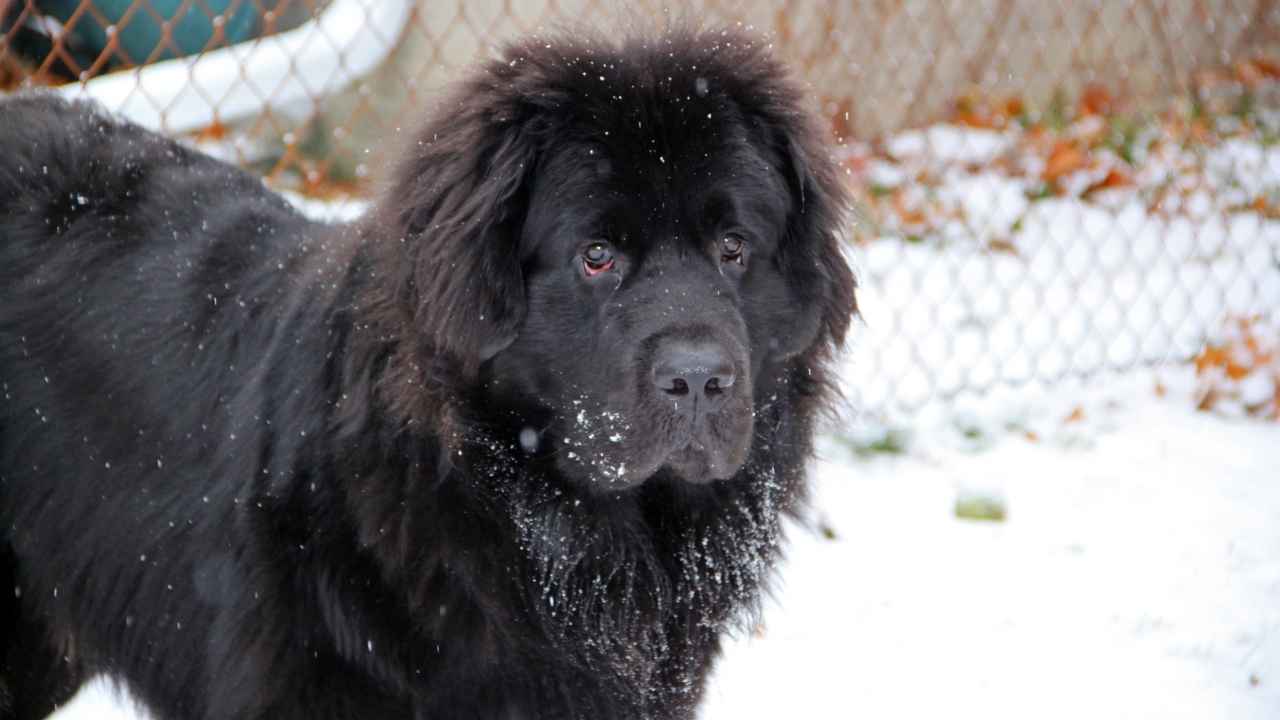
Newfoundlands are incredibly graceful and strong swimmers despite their large size, describes PetMD.Their massive frame, broad chest, and powerful limbs allow them to move efficiently through water with minimal resistance.
They possess impressive endurance and strength and are originally bred for water rescues and other service dog tasks. Their webbed paws and thick, insulating coats suit them for swimming in cold waters.
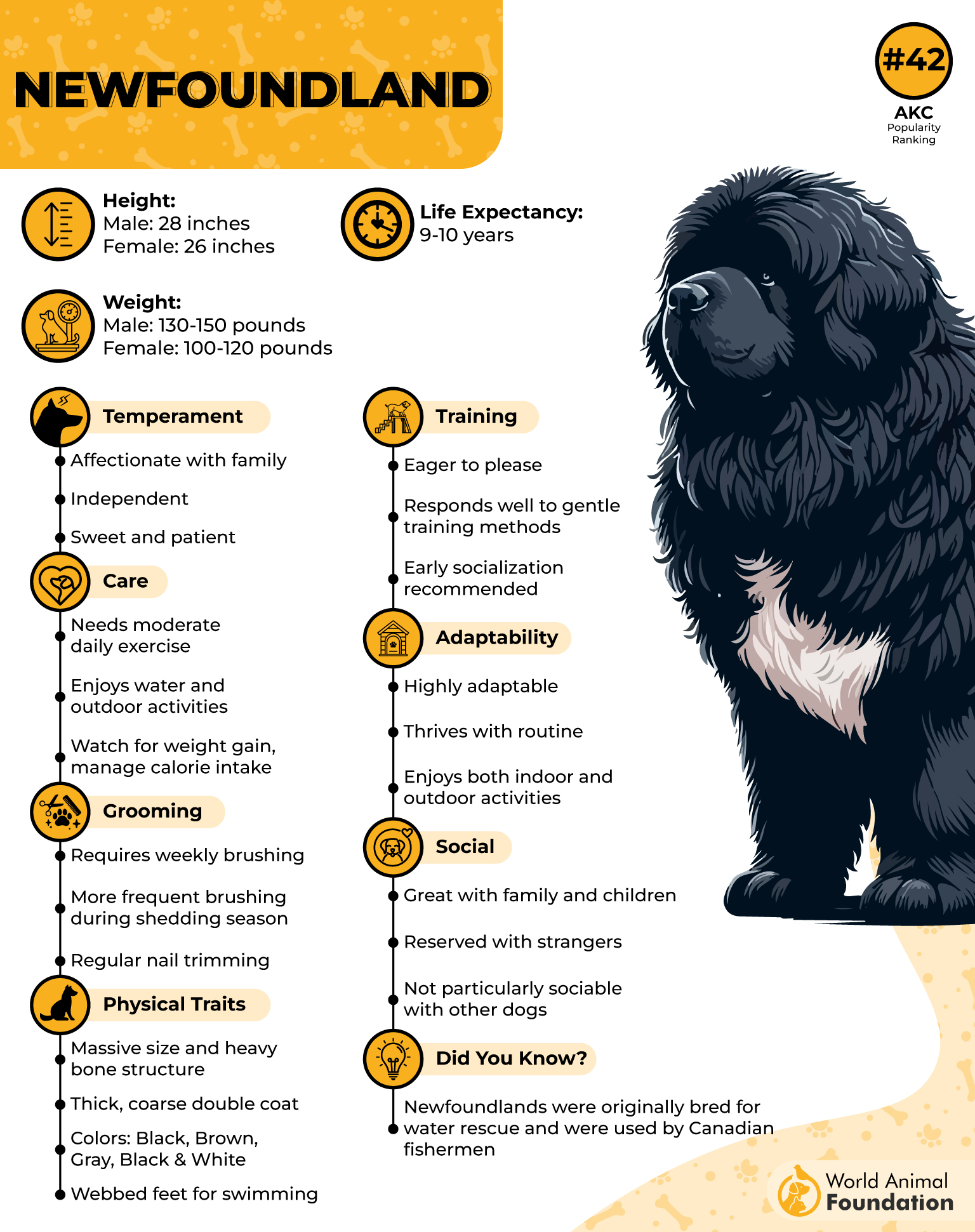
Newfoundlands are surprisingly agile for their size, demonstrating steady coordination and precise movement control. Unlike many dogs that struggle with their mobility issues, these gentle giants move with confidence and balance, whether on land or in water.
One fascinating aspect of this breed is their natural lifesaving instinct. Many Newfoundlands have been known to rescue drowning swimmers by instinctively pulling them to shore. Their powerful muscles and controlled movement make them unmatched in aquatic rescue missions.
Newfoundlands require consistent exercise, particularly in water-based environments to stay fit and maintain their natural mobility. Swimming, long walks, and weight-pulling exercises help enhance their strength and flexibility.
6. Rottweiler
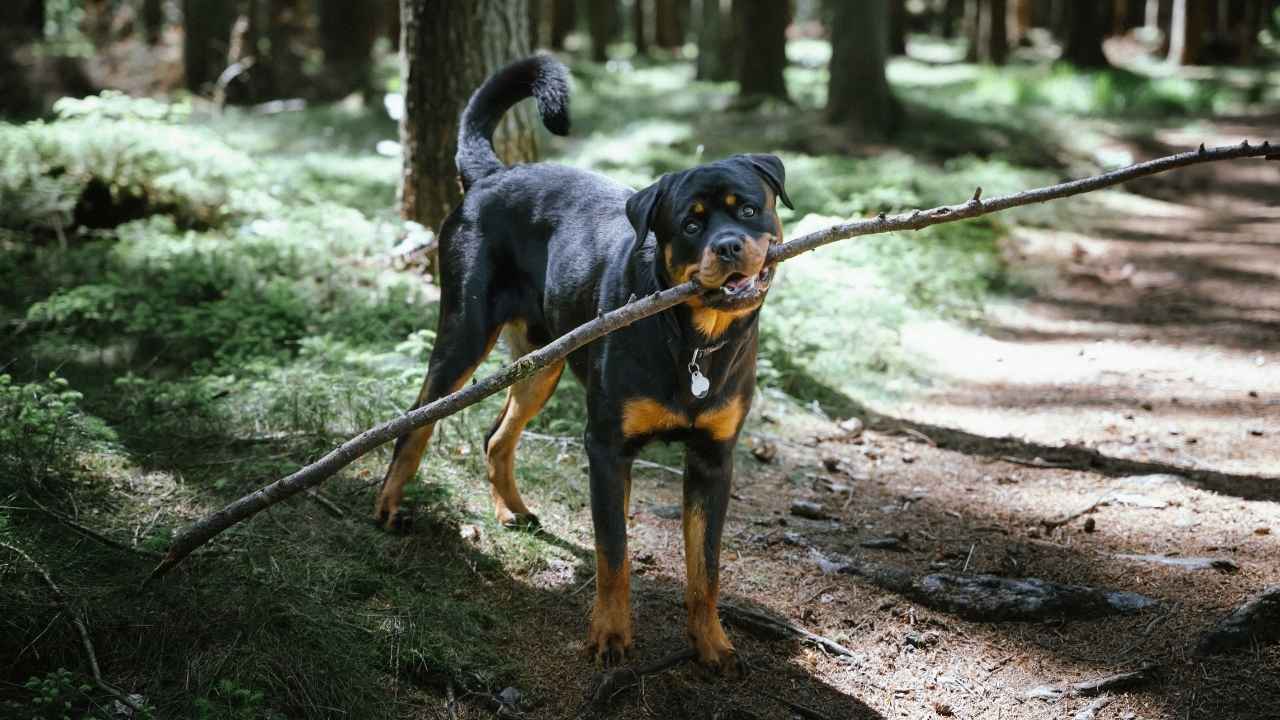
Rottweilers are powerful and highly mobile canines, built for both strength and agility. Their compact yet muscular bodies allow them to generate significant force while maintaining controlled, steady movement. Despite their robust build, Rottweilers are surprisingly quick and nimble, excelling in mobility-focused activities such as tracking, guarding, and search-and-rescue.
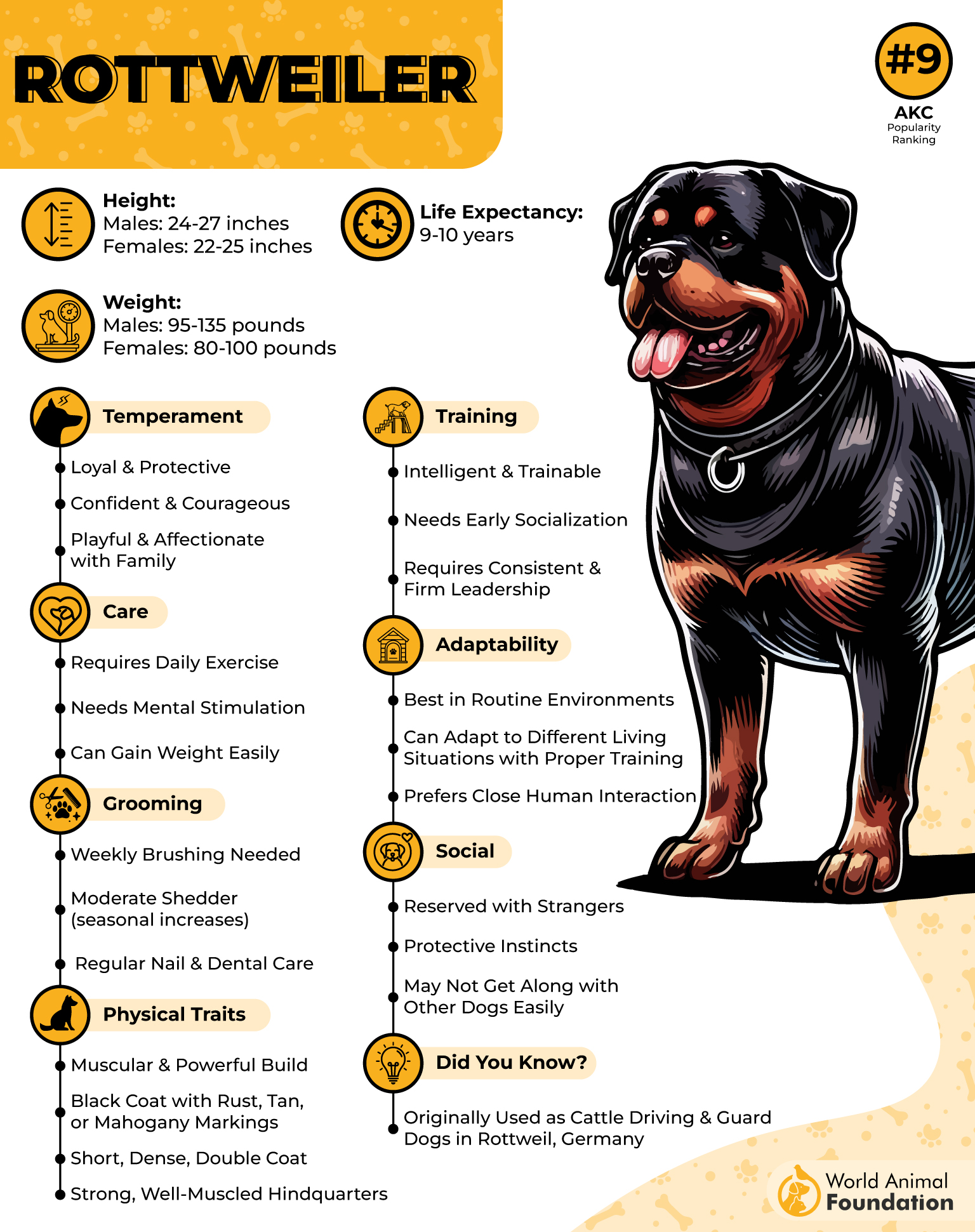
Originally developed as cattle-driving working dogs and companions, Rottweilers evolved with exceptional endurance and stamina. They can cover vast distances with minimal fatigue, making them excellent for physically demanding tasks. Their deep chests provide strong lung capacity, allowing them to maintain high activity levels over extended periods.
According to the AKC, Rottweilers are great service dogs that display precise and calculated movement. That is why they are often used in protection work and law enforcement. Unlike some energetic quadrupeds that rely on pure speed, Rottweilers use strength and strategic movement to control their environment effectively. Their strong hindquarters provide excellent propulsion, enabling them to sprint when necessary.
Their keen intelligence and trainability make them perfect candidates for mobility-based training programs, such as obstacle courses, tracking drills, and advanced obedience exercises. They respond well to structured workouts that challenge their physical abilities and problem-solving skills.
To keep a Rottweiler in peak condition, guardians should engage them in rigorous physical activities such as long-distance walking, agility drills, and endurance exercises. With proper guidance and regular movement-based challenges, these extremely loyal companions thrive in active homes and working environments.
7. Great Dane
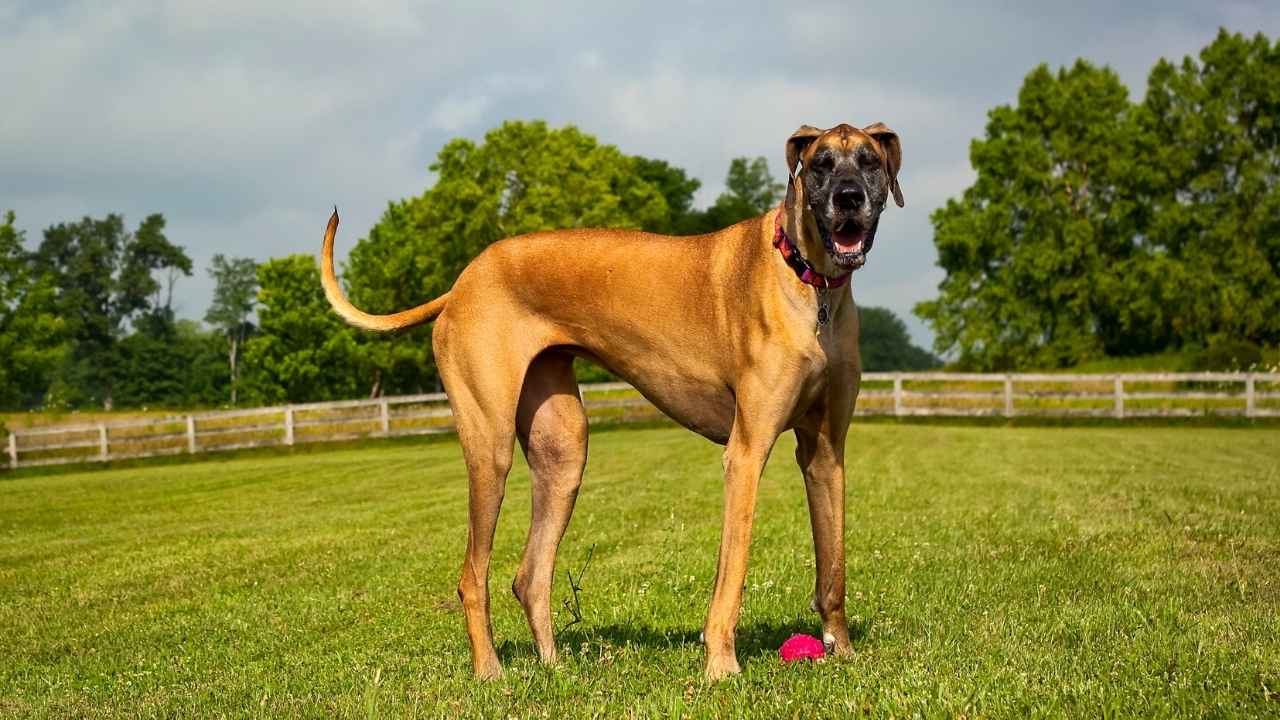
Great Danes are known for their towering height and elegant movement, making them one of the most graceful yet powerful mobile quadrupeds. Despite their massive frame, these animals move with an easy, long-striding gait that covers the ground efficiently.
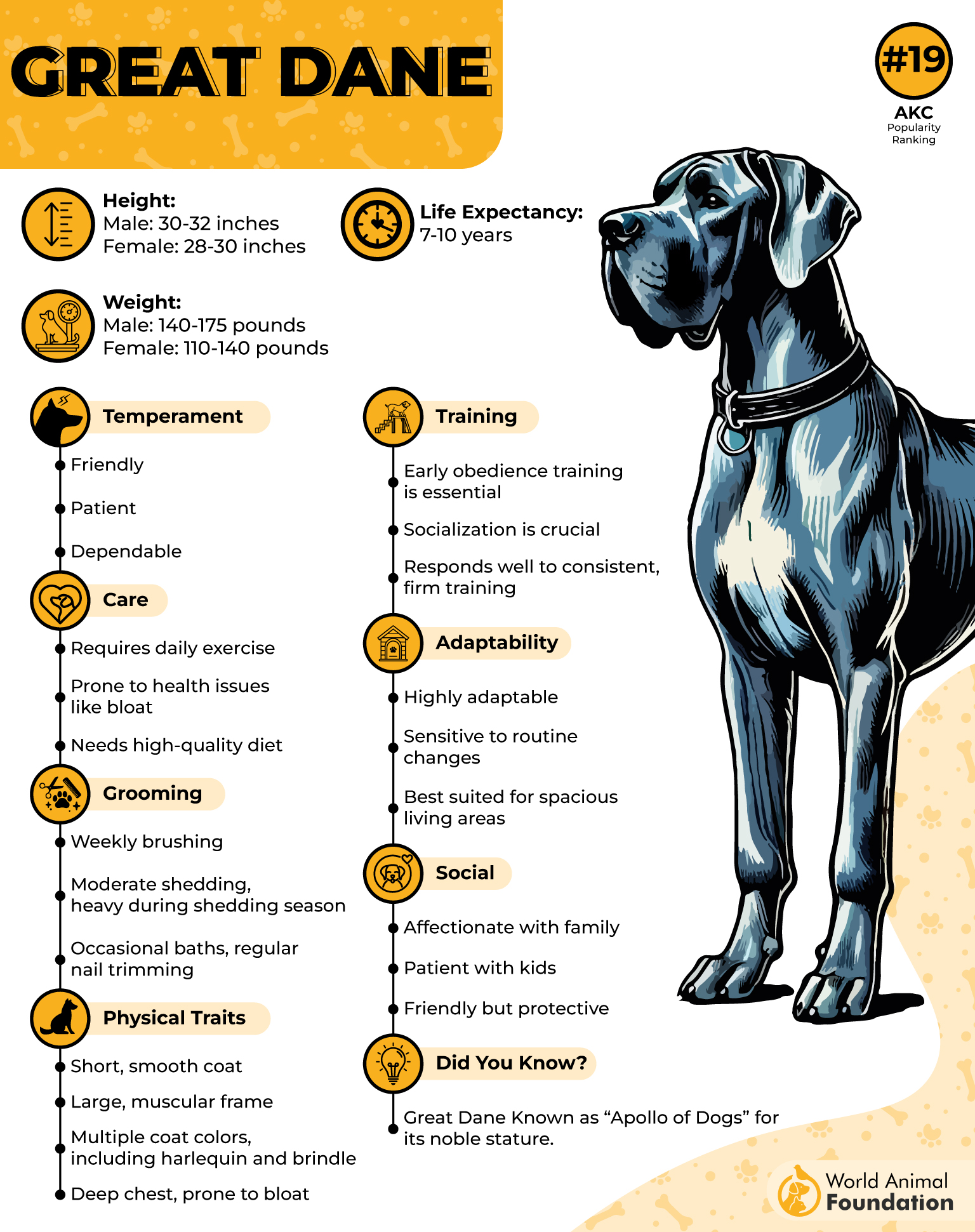
Originally developed for hunting large game, according to Britannica, they have evolved with speed, endurance, and agility. Their deep chests provide excellent cardiovascular capacity, allowing them to sustain moderate to high-intensity activity for extended durations. Though not the fastest runners, they possess steady acceleration and powerful strides.
Great Danes excel as mobility service dogs, unlike some large varieties that struggle with coordination. They exhibit smooth and balanced movement, excelling at running, jumping, and high-speed maneuvering. Their strong limbs and flexible joints contribute to fluid mobility, making them surprisingly light on their feet.
These puppies thrive in mobility-based activities such as canine sports, obedience training, and endurance running. Their natural strength and intelligence allow them to excel in structured training programs and physical jobs focusing on movement, tracking, and physical agility.
They require consistent exercise, including long walks, controlled sprinting sessions, and strength-building activities to maintain their peak physical condition.
Conclusion
High-mobility dog breeds make excellent service dogs. They are more than just companions and provide essential assistance in service work, guiding individuals through daily challenges. Breeds like Labrador Retrievers and Golden Retrievers are among the most popular service dog breeds, known for their calm demeanor and ability to perform specific tasks under pressure.
These versatile service animals support mobility-impaired individuals in unique ways. The Great Dane, a gentle giant, provides strength for mobility tasks, while the German Shepherd, a widely used police dog, excels in medical alert dog roles. Smaller breeds like the Cavalier King Charles Spaniel also make good service dogs, offering emotional support and companionship.
Owning an assistance dog requires extensive training and commitment, but the rewards are immeasurable. Whether it’s a Border Collie excelling in service dog training, a Bernese Mountain Dog aiding with physical and mental disabilities, or an American Staffordshire Terrier providing psychiatric service dog support, these working dogs bring independence, security, and confidence to their owners, making everyday life more manageable and fulfilling.


